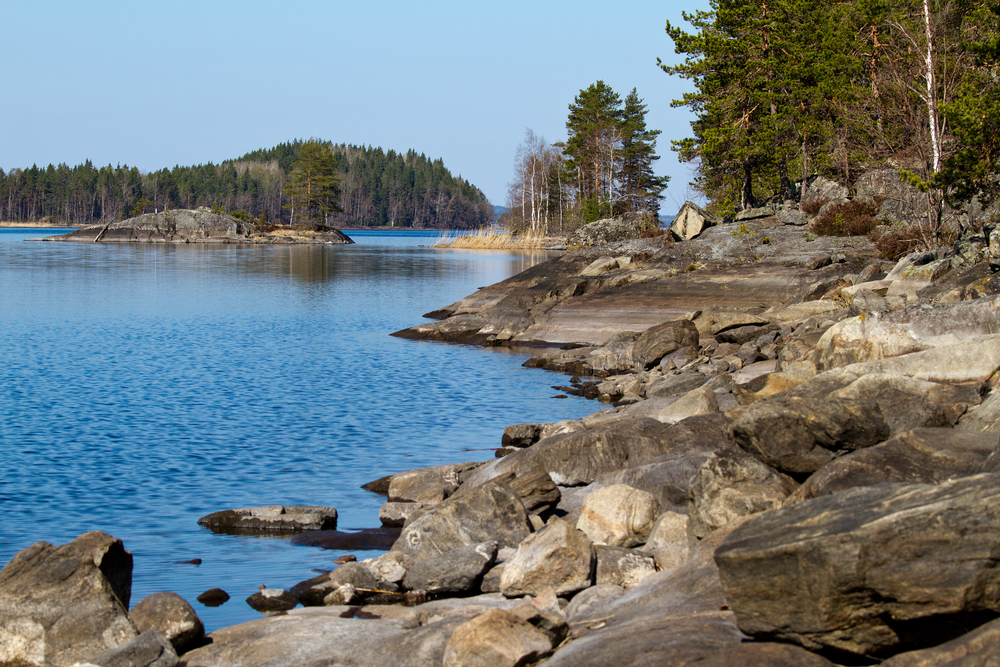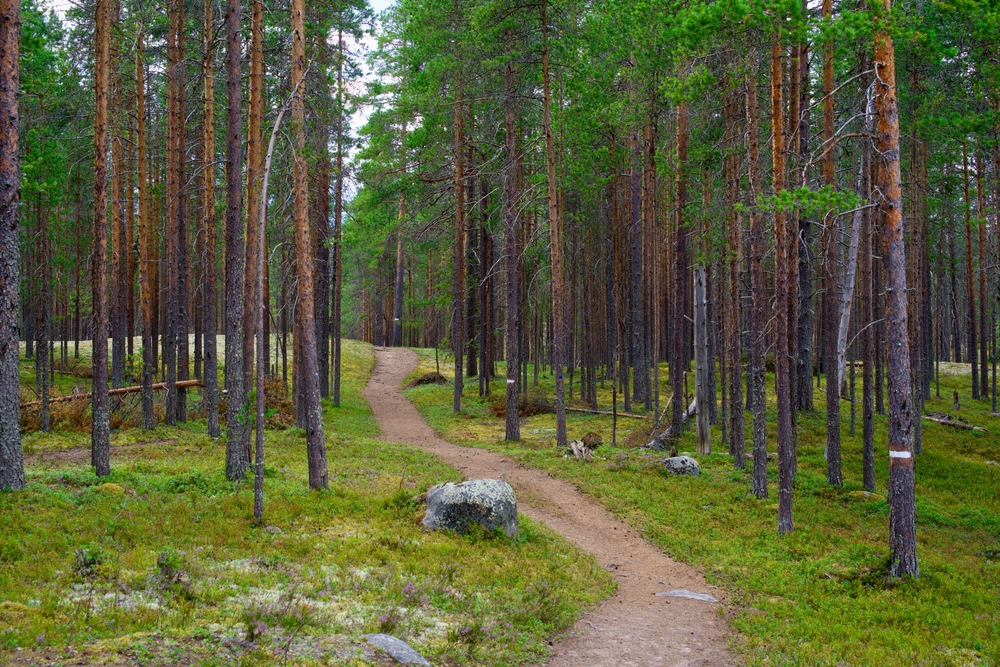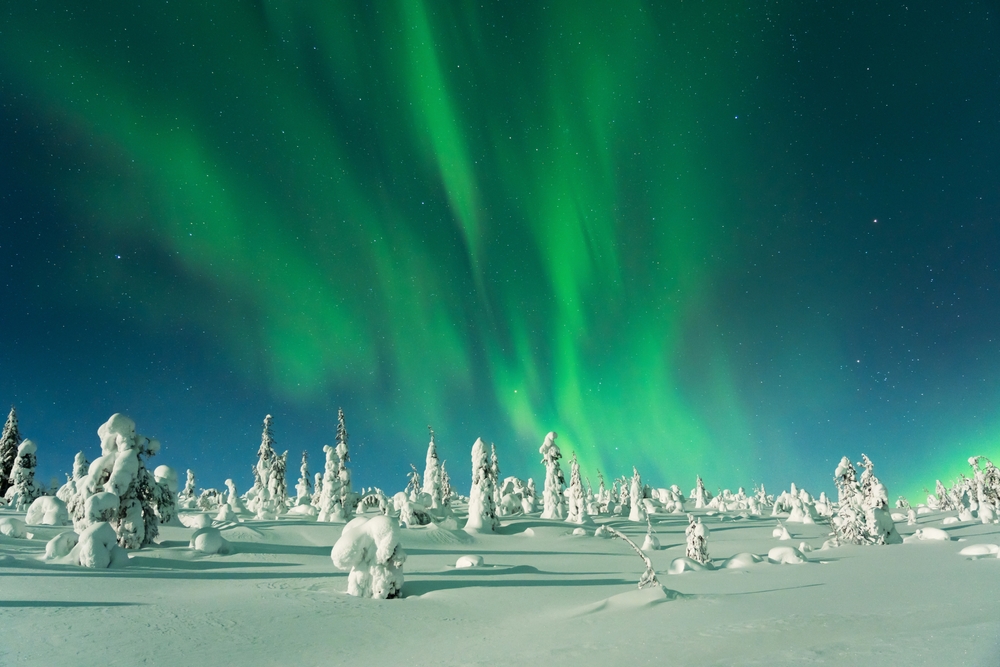Salamajärvi Overview
Salamajärvi National Park, known locally as Salamajärven kansallispuisto, is a protected natural area in central Finland, covering approximately 23 square miles (60 square kilometers).
The park, located in the municipalities of Kivijärvi and Perho in the Central Ostrobothnia region, is known for its pristine wilderness, extensive mire systems, and rugged pine forests. Established in 1982, the park is part of the larger Suomenselkä watershed and plays a critical role in protecting the unique biodiversity of Finland’s northern boreal forests and wetlands.
The landscape of Salamajärvi National Park is characterized by vast mires, rocky ridges, and old-growth pine forests. The terrain is shaped by the last Ice Age, leaving behind eskers, kettle holes, and erratic boulders that dot the park.
Wetlands dominate much of the scenery, creating a dynamic ecosystem where different vegetation thrives, including sphagnum moss, cloudberries, and dwarf birches. The park’s namesake, Lake Salamajärvi, is surrounded by dense woodlands, offering a picturesque setting of small islets and tranquil waters. In addition to its marshy areas, the park also features dry, rugged pine forests where ancient, gnarled trees have stood for centuries.
Wildlife in Salamajärvi National Park is diverse, with the park being particularly renowned for its population of wild forest reindeer (Rangifer tarandus fennicus). This rare subspecies of reindeer, once nearly extinct in Finland, has found refuge in the park’s remote wilderness. Other notable mammals include elk, lynx, and wolverines, though these elusive predators are rarely seen.
Red foxes, mountain hares, and pine martens are more commonly encountered along the park’s trails. Birdlife is abundant, with species such as black grouse, western capercaillie, and whooper swans inhabiting the park’s wetlands and forests. Raptors like the northern goshawk and Eurasian eagle-owl can sometimes be spotted soaring above the tree line, adding to the park’s rich avian diversity.
One of the park’s most popular attractions is the Hirvaan kierros, a circular hiking trail that spans approximately 36 kilometers, guiding visitors through the park’s varied landscapes. This route offers a mix of boardwalks over marshy terrain and forest paths leading to scenic viewpoints and rustic wilderness huts where hikers can rest.
The Kalmojärvi lean-to shelters and fire pits provide ideal spots for a break, with opportunities to observe wildlife and enjoy the serene beauty of the park. Visitors can also explore shorter trails, such as the Peuran polku, which extends beyond the park and connects with a broader network of hiking routes in the region.
Salamajärvi National Park is a destination for outdoor enthusiasts, with activities ranging from hiking and birdwatching to fishing and snowshoeing. In winter, the landscape transforms into a pristine snow-covered wonderland, offering excellent opportunities for cross-country skiing and ice fishing on frozen lakes.
The park’s lakes and streams are home to fish species like perch and pike, attracting anglers looking for a peaceful retreat in nature. Due to its remote location, the park also offers excellent conditions for stargazing, with minimal light pollution allowing for clear night skies, and occasionally, the northern lights.
Despite its relative isolation, Salamajärvi National Park faces conservation challenges, particularly concerning habitat preservation for the wild forest reindeer. Conservation efforts have been successful in stabilizing the reindeer population, thanks to protective measures and controlled human activity in key breeding areas.
Climate change and forestry activities outside the park pose additional threats, requiring ongoing management and collaboration with local communities to ensure the long-term protection of its unique ecosystems. The park remains an essential stronghold for Finland’s boreal biodiversity, offering visitors a glimpse into the country’s untouched natural beauty.

















































































